Introduction
Tea, an ancient and timeless beverage, has been cherished across cultures for centuries. Its allure lies not just in its aromatic scent and soothing taste but also in the ritual and tranquility it brings to one’s daily life. While the essence of tea remains the same, the art of brewing it to perfection can vary greatly, depending on the type of tea, water quality, brewing temperature, and duration. This guide aims to demystify the process and empower you with the knowledge to brew delicious tea at home, transforming your tea time into a moment of pure delight.
Understanding the Types of Tea
Before diving into the brewing process, it’s crucial to understand the different types of tea and their unique characteristics. Broadly speaking, tea can be categorized into four main types: white, green, oolong, and black. Each type undergoes varying levels of oxidation, which significantly influences its flavor profile, aroma, and ideal brewing conditions.
-
White Tea: The least processed and most delicate of all teas, white tea is made from the youngest leaves and buds of the Camellia sinensis plant. It has a subtle, sweet flavor with a light, floral aroma. Due to its delicate nature, white tea should be brewed at lower temperatures to avoid bitterness.
-
Green Tea: Green tea is also minimally processed, preserving many of the plant’s natural antioxidants. It boasts a fresh, grassy flavor with notes of hay and sometimes a hint of bitterness. The ideal brewing temperature for green tea is slightly higher than that of white tea but still lower than boiling point to maintain its vibrant green hue and delicate taste.
-
Oolong Tea: Oolong tea falls between green and black tea in terms of oxidation levels. This semi-oxidized tea offers a complex flavor profile ranging from floral and fruity to roasted and earthy, depending on the specific variety. Oolong tea requires a higher brewing temperature than green and white teas to fully extract its rich flavors.
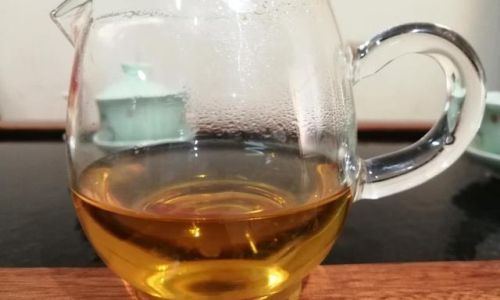
-
Black Tea: Fully oxidized, black tea has a bold, robust flavor with notes of caramel, malt, and sometimes a hint of smokiness. It can tolerate higher brewing temperatures and often benefits from longer steeping times to unlock its full potential.
Choosing the Right Water
Water is the foundation of any good cup of tea. The quality of water can make or break your brewing experience. Here are some key considerations:
-
Purity: Use fresh, clean water free from impurities. Tap water can sometimes contain chlorine or other chemicals that can affect the taste of your tea. Filtered or bottled water is often a better choice.
-
Mineral Content: Water with a moderate mineral content (preferably soft to moderately hard) tends to enhance the flavor of tea. Water that is too hard or too soft can flatten the taste.
-
Temperature: The ideal brewing temperature varies by tea type, as mentioned earlier. Always check the specific requirements for the tea you’re brewing to ensure you’re using the right temperature.
Selecting the Proper Equipment
The tools you use for brewing can also impact the quality of your tea. Here are some essential items:
-
Kettle: A good-quality kettle with temperature control is invaluable. It allows you to heat water to precise temperatures, essential for different types of tea.
-
Teapot: A ceramic or porcelain teapot retains heat well and can enhance the flavor of your tea through its porosity. Avoid metallic teapots, which may alter the taste.
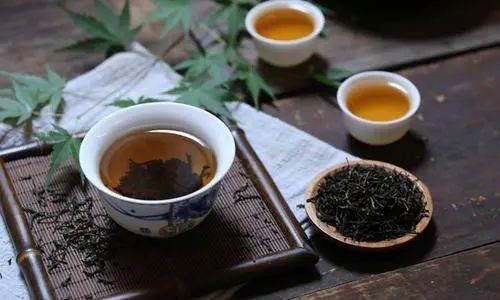
-
Infuser or Tea Strainer: If you prefer not to use a teapot, an infuser or tea strainer is necessary to keep the leaves separate from the liquid.
-
Tea Cups: Small, delicate tea cups made of porcelain or glass are ideal. They allow you to appreciate the color and aroma of the tea before taking your first sip.
The Art of Brewing
Now, let’s dive into the specific steps for brewing delicious tea:
Preparing the Water
- Boil Water: Fill your kettle with fresh water and bring it to the appropriate temperature for your chosen tea type. For most teas, this means heating the water to just below boiling point (around 195-205°F or 90-96°C).
Measuring the Tea
- Use the Right Amount: The ratio of tea leaves to water is crucial. Generally, use about 1 teaspoon of loose-leaf tea per 6 ounces of water. Adjust this ratio based on your personal preference for strength.
Brewing the Tea
-
Preheat the Teapot (Optional): Pour a small amount of hot water into your teapot, swish it around, and then discard the water. This step helps to maintain an even temperature throughout the brewing process.
-
Add the Tea Leaves: Place the measured tea leaves into the teapot or infuser.
-
Pour the Water: Pour the hot water over the tea leaves, ensuring all leaves are fully submerged.
-
Steeping Time: Allow the tea to steep for the recommended time. This can range from 1-2 minutes for delicate teas like white and green to 3-5 minutes for black and oolong teas. Over-steeping can lead to a bitter taste.
Serving the Tea
-
Remove the Leaves: Once the tea has steeped for the appropriate time, remove the tea leaves from the water using a tea strainer or by pouring the tea through a fine sieve into your cups.
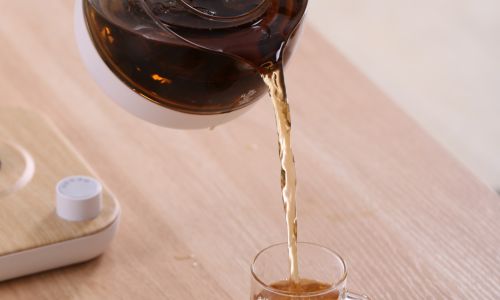
-
Enjoy: Pour the tea into your preheated cups and take a moment to appreciate its color, aroma, and flavor before sipping.
Enhancing Your Tea Experience
To elevate your tea experience further, consider these additional tips:
-
Additives: Experiment with adding a splash of milk, honey, lemon, or herbs like mint or lavender to suit your taste preferences.
-
Mindfulness: Take a moment to be present during your tea time. The ritual of preparing and drinking tea can be a meditative experience, promoting relaxation and mindfulness.
-
Experimentation: Don’t be afraid to try new teas and brewing methods. The world of tea is vast and ever-evolving, offering endless opportunities for discovery.
Conclusion
Brewing delicious tea is an art that combines science, intuition, and personal preference. By understanding the types of tea, choosing the right water and equipment, and following the proper brewing techniques, you can unlock the full potential of your favorite teas. Remember, the journey of tea is as much about the destination as it is about the process. Take your time, savor each sip, and let tea become a cherished part of your daily routine. Whether you’re enjoying a solitary moment of reflection or sharing a pot with friends, the art of brewing delicious tea offers a timeless connection to the simple pleasures of life.
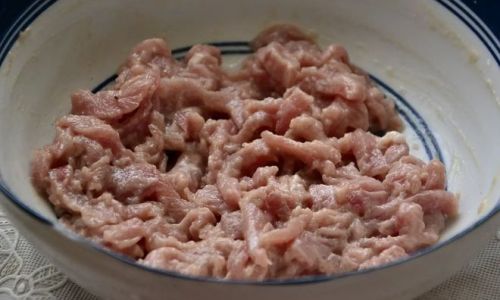


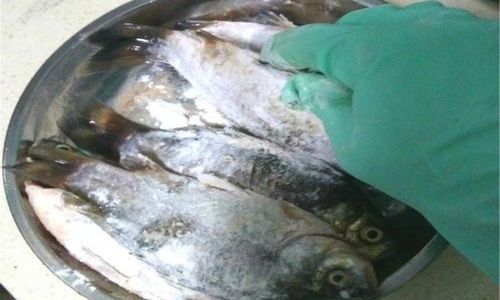

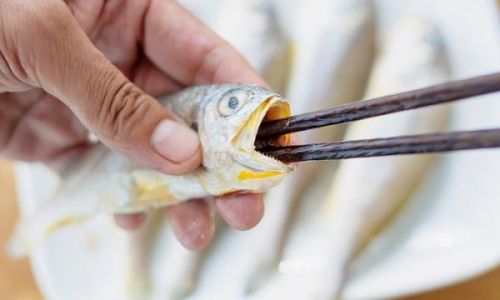
0 comments